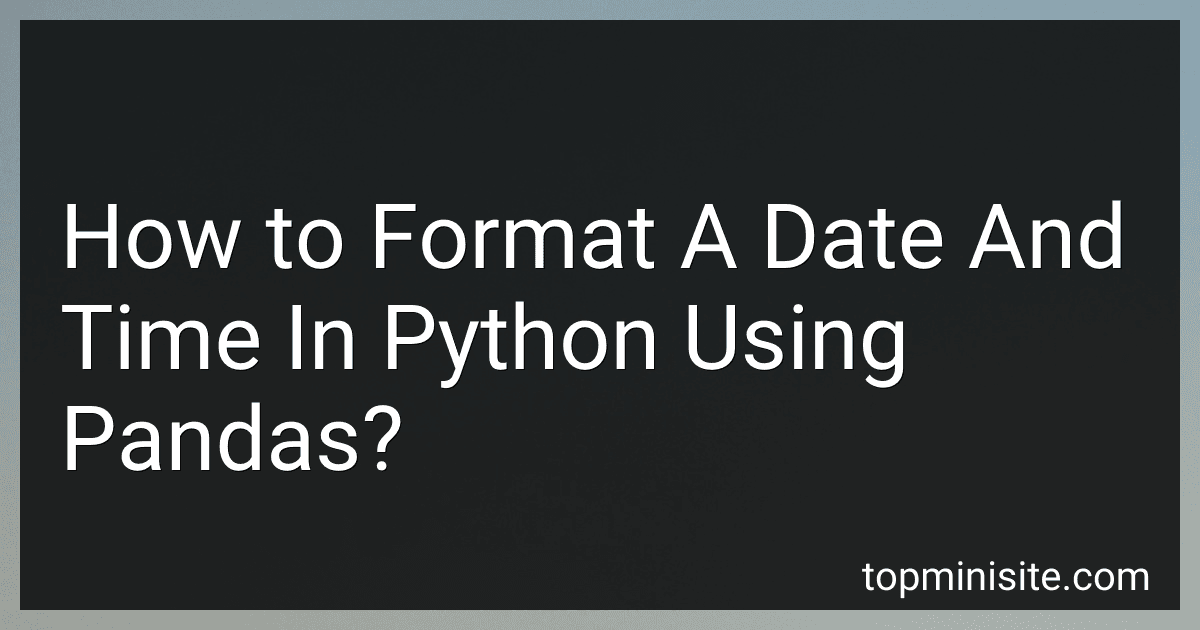Best Pandas DateTime Formatting Guides to Buy in December 2025
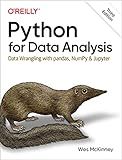
Python for Data Analysis: Data Wrangling with pandas, NumPy, and Jupyter


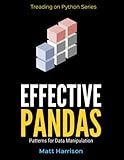
Effective Pandas: Patterns for Data Manipulation (Treading on Python)


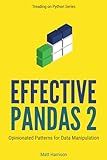
Effective Pandas 2: Opinionated Patterns for Data Manipulation (Treading on Python)


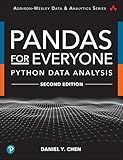
Pandas for Everyone: Python Data Analysis (Addison-Wesley Data & Analytics Series)


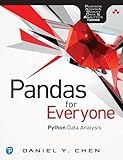
Pandas for Everyone: Python Data Analysis (Addison-Wesley Data & Analytics Series)


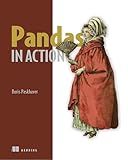
Pandas in Action



Pandas Workout: 200 exercises to make you a stronger data analyst


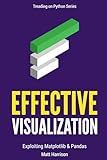
Effective Visualization: Exploiting Matplotlib & Pandas (Treading on Python)


You can format dates and times in Python using the Pandas library by specifying the desired format and applying it to the date or time columns.
To format a date, you can use the strftime() function available in the [datetime](https://my-it-blog.periodico.am/blog/how-to-get-the-data-between-two-dates-and-times-in) module. This function allows you to convert a date object to a string representation based on a specified format code. For example, to format a date as "YYYY-MM-DD", you can use the %Y-%m-%d format code.
To format a time, you can use the strftime() function similarly. For instance, to format a time as "HH:MM:SS", you can use the %H:%M:%S format code.
When working with Pandas, you need to ensure that your date or time column is of a datetime data type. If not, you can convert it using the pd.to_datetime() function.
To format a date or time column in your Pandas DataFrame, you can use the dt.strftime() function. This function is applicable only when working with datetime-like columns, such as timestamp columns. It allows you to apply the strftime() function to the entire column, converting the values into a new format.
Here's an example of how to format a date column called "date_column" in a Pandas DataFrame:
import pandas as pd
Create a DataFrame
df = pd.DataFrame({'date_column': ['2022-01-01', '2022-02-01', '2022-03-01']})
Convert the "date_column" to datetime data type
df['date_column'] = pd.to_datetime(df['date_column'])
Format the date column using strftime()
df['formatted_date'] = df['date_column'].dt.strftime('%Y-%m-%d')
Print the DataFrame
print(df)
This will output the DataFrame with a new column named "formatted_date" containing the date values formatted as "YYYY-MM-DD".
To format a time column in a similar manner, you can follow the same steps but with the appropriate format code for time representation.
What is the function to convert datetime to a specific format in Pandas?
The to_datetime() function in Pandas is used to convert a datetime object to a specified format.
What is the function to filter rows based on date range in Pandas DataFrame?
The function to filter rows based on a date range in Pandas DataFrame is called pd.DataFrame.loc[]. Within the loc[] function, you can specify the conditions for filtering rows based on a specified date range.
Here is an example of how to use loc[] to filter rows based on date range:
import pandas as pd
Assuming you have a DataFrame called 'df' with a column named 'date' containing datetime values
Convert the 'date' column to datetime type if it already isn't
df['date'] = pd.to_datetime(df['date'])
Filter rows where 'date' is within the specified date range
start_date = pd.to_datetime('2021-01-01') end_date = pd.to_datetime('2021-12-31') filtered_df = df.loc[(df['date'] >= start_date) & (df['date'] <= end_date)]
Print the filtered DataFrame
print(filtered_df)
In this example, the start_date and end_date variables define the desired date range. The df.loc[(df['date'] >= start_date) & (df['date'] <= end_date)] expression is used to filter the DataFrame for rows where the 'date' column values are within the specified range. The resulting filtered DataFrame is stored in the filtered_df variable.
What is the function to format time in Python?
The strftime() function is used to format time in Python.
Here's an example of how to use the strftime() function to format a datetime object:
from datetime import datetime
now = datetime.now() formatted_time = now.strftime("%Y-%m-%d %H:%M:%S") print(formatted_time)
This code will output the current datetime in the format "YYYY-MM-DD HH:MM:SS". The format string passed to strftime() specifies the desired format of the time.
What is the difference between date and datetime in Python?
In Python, date and datetime are two different classes provided by the datetime module.
- date represents a date (year, month, and day) without any time information. It is initialized with the following format: date(year, month, day). Example: date(2022, 10, 31).
- datetime represents a specific date and time (year, month, day, hour, minute, second, microsecond). It includes both date and time information. It is initialized with the following format: datetime(year, month, day, hour=0, minute=0, second=0, microsecond=0). Example: datetime(2022, 10, 31, 15, 30, 0, 0).
In summary, date only represents a date, while datetime represents both date and time.
How to format date in a specific way using Python?
In Python, you can use the strftime() function from the datetime module to format a date in a specific way. Here's an example:
import datetime
today = datetime.date.today() formatted_date = today.strftime("%d-%m-%Y") print(formatted_date)
Output:
28-02-2022
In the above example, strftime() is used with the "%d-%m-%Y" format string to format the date as DD-MM-YYYY. Here are some commonly used format codes:
- %Y: Year with century as a decimal number (e.g., 2022)
- %m: Month as a zero-padded decimal number (e.g., 02)
- %d: Day of the month as a zero-padded decimal number (e.g., 28)
- %H: Hour (24-hour clock) as a zero-padded decimal number (e.g., 14)
- %M: Minute as a zero-padded decimal number (e.g., 37)
- %S: Second as a zero-padded decimal number (e.g., 52)
You can combine these format codes with desired separators (-, /, :) to create different date formats.
How to change the date format in Pandas DataFrame?
To change the date format in a Pandas DataFrame, you can follow these steps:
- Ensure that the column containing the dates is of the datetime type. If it is not already, convert it to datetime type using the pd.to_datetime() function.
- Use the strftime() function from the datetime module to format the dates as per your requirement. This function takes a format string as an argument and returns the date in the specified format.
- Assign the formatted dates back to the DataFrame column.
Here is an example illustrating these steps:
import pandas as pd
Create a sample DataFrame
data = {'Date': ['2021-01-01', '2021-01-02', '2021-01-03']} df = pd.DataFrame(data)
Convert 'Date' column to datetime type
df['Date'] = pd.to_datetime(df['Date'])
Format the dates as 'dd-mm-yyyy' using strftime() function
df['Formatted_Date'] = df['Date'].dt.strftime('%d-%m-%Y')
Print the DataFrame
print(df)
Output:
Date Formatted\_Date
0 2021-01-01 01-01-2021 1 2021-01-02 02-01-2021 2 2021-01-03 03-01-2021
In this example, the Date column is initially represented as a string. We convert it to datetime type using pd.to_datetime(). Then, we use dt.strftime() to format the dates as 'dd-mm-yyyy' and create a new column called Formatted_Date.
